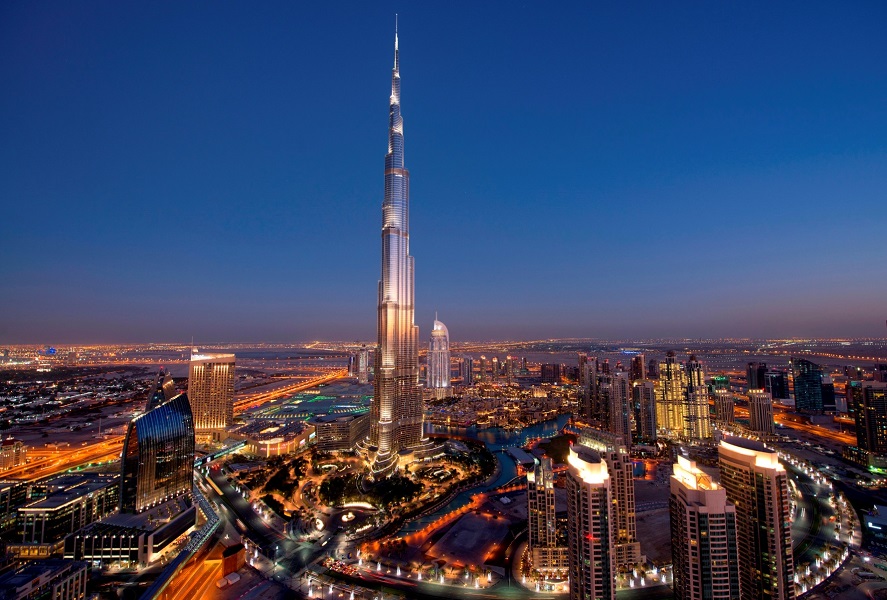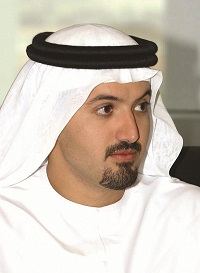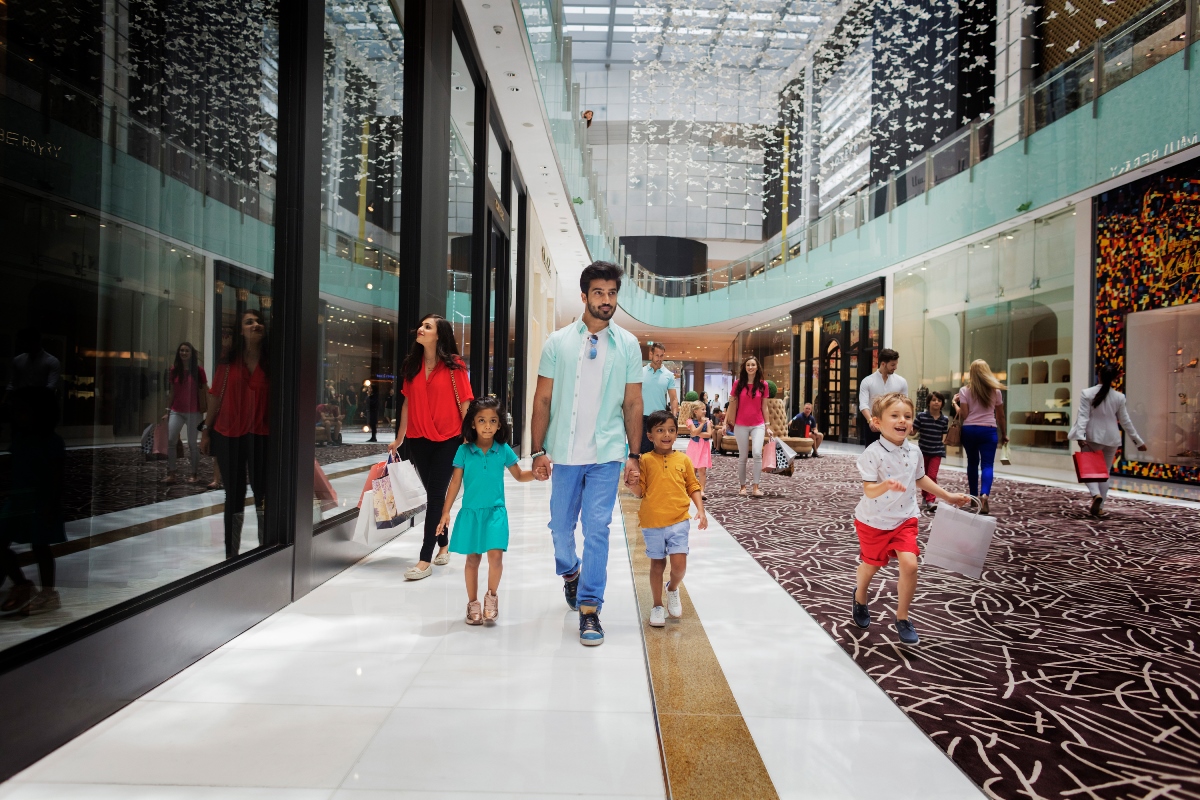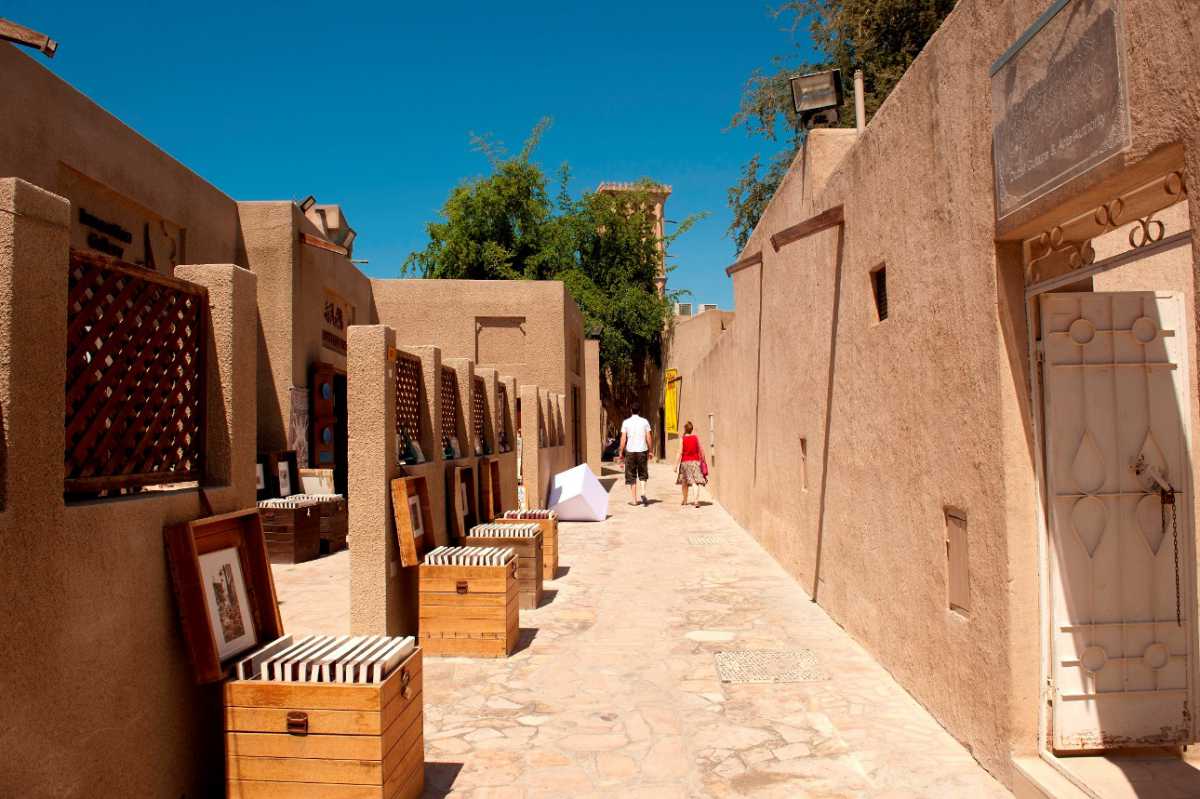Dubai rounds off 2018 with a new high of 15.92 million international overnight visitors
By Aliheydar_Rzayev Tuesday, 26 February 2019 1:49 AM

Dubai welcomed 15.92 million international overnight visitors in 2018, marking a new high according to the latest data released by Dubai’s Department of Tourism & Commerce Marketing (Dubai Tourism). Continuing to expand its appeal as a global destination of choice for another year running, Dubai’s top source markets delivered bankable performances with several strategic feeders witnessing standout double-digit growth yet again to continue momentum towards growing the number of international visitors annually in line with Dubai’s Tourism Vision 2022-2025, in addition to driving even greater economic impact on the emirate’s GDP.
 His Excellency Helal Saeed Almarri, Director General, Dubai Tourism commented: “Guided by the vision of His Highness Sheikh Mohammed Bin Rashid Al Maktoum, Vice-President and Prime Minister of the UAE and Ruler of Dubai, the Department remains focused on ensuring that Dubai becomes the number one most visited city in the world in line with Dubai’s Tourism Strategy 2022-25. As such, throughout 2018, we developed and deployed a custom-market specific approach to our global outreach programmes to deeper penetrate our target markets and widen the sphere of influence and engagement with the Dubai proposition. Exposing our industry to new potential in order to convert a higher share of the dynamically evolving global outbound travel market has helped steady Dubai’s base tourism volumes throughout last year. Our strategic investments, innovative destination promotion programmes, responsive federal policy reforms, and long-term global partnerships – all backed by the tremendous support of our stakeholders across the government and private sector – continue to yield strong results as we ramp up efforts to increase Dubai’s accessibility, visibility and overall appeal, minimise barriers to travel, deliver new standards in global travel experiences, and ultimately drive both first-time and repeat visitation.”
His Excellency Helal Saeed Almarri, Director General, Dubai Tourism commented: “Guided by the vision of His Highness Sheikh Mohammed Bin Rashid Al Maktoum, Vice-President and Prime Minister of the UAE and Ruler of Dubai, the Department remains focused on ensuring that Dubai becomes the number one most visited city in the world in line with Dubai’s Tourism Strategy 2022-25. As such, throughout 2018, we developed and deployed a custom-market specific approach to our global outreach programmes to deeper penetrate our target markets and widen the sphere of influence and engagement with the Dubai proposition. Exposing our industry to new potential in order to convert a higher share of the dynamically evolving global outbound travel market has helped steady Dubai’s base tourism volumes throughout last year. Our strategic investments, innovative destination promotion programmes, responsive federal policy reforms, and long-term global partnerships – all backed by the tremendous support of our stakeholders across the government and private sector – continue to yield strong results as we ramp up efforts to increase Dubai’s accessibility, visibility and overall appeal, minimise barriers to travel, deliver new standards in global travel experiences, and ultimately drive both first-time and repeat visitation.”
Traditional strongholds have retained their affinity for the city’s destination proposition, with India once again crossing the two million mark and maintaining its number one position at the end of 2018. This has been fuelled by strong business partnerships with key industry leaders and national publications like TOI across India, and tailored destination-focused campaigns, such as multi-award-winning #BeMyGuest, a collaboration with Bollywood superstar Shah Rukh Khan, as well as highly targeted seasonal activations to resonate with a diverse range of Indian audiences.
The Kingdom of Saudi Arabia (KSA) came in a strong second, remaining the highest traffic volume generator for the GCC, with 1.6 million visitors, representing a steady 3 per cent year-on-year growth, thanks to customised activations including specialised city-wide activities and promotions for KSA National Day celebrations – all especially designed to attract visitors from the Kingdom.
The UK, meanwhile, also retained its third place slot with an impressive 1.2 million British travellers visiting the city in 2018 – testament to Dubai’s enduring popularity in the market, despite Brexit conversations impacting overall outbound travel and consumption sentiment from the country.
 Experiencing impressive encore performances with double-digit growth to maintain their strength within the top ten feeder markets, China, Russia and Germany continued their upward trajectory in 2018. China rose to the number four position, with tourism volumes rising 12 per cent in year-on-year growth to bring in 857,000 Chinese tourists in 2018. Russia experienced a significant 28 per cent growth to move up two places landing at sixth position with 678,000 visitors in 2018, as both China and Russia continued to benefit from the introduction of UAE visa-on-arrival visitor regulations and increased air capacity into the emirate. German tourists continued to grow in strength as 2018 welcomed an impressive 567,000 tourists, exhibiting a 12 per cent increase over 506,000 visitors in 2017.
Experiencing impressive encore performances with double-digit growth to maintain their strength within the top ten feeder markets, China, Russia and Germany continued their upward trajectory in 2018. China rose to the number four position, with tourism volumes rising 12 per cent in year-on-year growth to bring in 857,000 Chinese tourists in 2018. Russia experienced a significant 28 per cent growth to move up two places landing at sixth position with 678,000 visitors in 2018, as both China and Russia continued to benefit from the introduction of UAE visa-on-arrival visitor regulations and increased air capacity into the emirate. German tourists continued to grow in strength as 2018 welcomed an impressive 567,000 tourists, exhibiting a 12 per cent increase over 506,000 visitors in 2017.
The USA came in as the seventh top source market with 656,000 visitors in 2018 representing an increase of four per cent while the Philippines entered the top 10 for the very first time with 387,000 tourists to Dubai. Owing to successful ongoing destination marketing strategies, Dubai also welcomed 348,000 overnight guests from France, with the country rising two ranks and seeing a 17 per cent year-on-year increase while Italy witnessed a nine per cent growth. A stellar 36 per cent spike from Nigeria brought the market back into the top 20, with 185,000 Nigerians visiting Dubai in 2018. These strong performances helped balance the decline in visitation from strong-hold markets like Oman and Pakistan.
From a regional perspective, Western Europe emerged as the largest contributor of overnight visitor volumes for 2018, commanding a 21 per cent share, to maintain its pole position from 2017. This was closely followed by the GCC and South Asia, contributing 18 and 17 per cent of all international visitation to the city respectively. North Asia and South-East Asia regions accounted for 11 per cent to reflect sustainable growth aided by Dubai Tourism’s international diversification strategy.
The close proximity markets across the MENA region also delivered steady growth volumes of ten per cent while Russia, the wider CIS and Eastern Europe collectively delivered nine per cent of the total visitation, a two per cent increase from 2017. The Americas and Africa each contributed six per cent of the volume base, and Australasia rounded off the regional mix with two per cent of market share in 2018, largely driven by stop-over travellers.
 Reflecting the city’s ability to further drive engagement amongst first-time and repeat international visitors, Dubai has continued to deliver an expanding variety of experiential offerings that serve as important levers in driving GDP contribution across the leisure segment. Popular attractions and entertainment destinations including Dubai Mall, Burj Khalifa, Dubai Parks and Resorts, IMG Worlds of Adventure, La Mer and Al Seef drew high interest from visitors, as the city continues to invest in an evolution and innovation with a roster pipeline of mega-developments, leisure attractions, and retail destinations all set to aid success in a highly competitive global travel ecosystem. The latest in destination offerings for 2018 included the Dubai Frame, a one-of-a-kind structure with a 360-degree view of the city, showing the past and present through views of both old and new Dubai. 2018 also saw the opening of the Bluewaters Island, a mixed-use destination located off the coast of Jumeirah Beach Residence, with Ain Dubai – the world’s largest observation wheel – set to be the centerpiece of the island’s various retail, residential, hospitality and entertainment zones.
Reflecting the city’s ability to further drive engagement amongst first-time and repeat international visitors, Dubai has continued to deliver an expanding variety of experiential offerings that serve as important levers in driving GDP contribution across the leisure segment. Popular attractions and entertainment destinations including Dubai Mall, Burj Khalifa, Dubai Parks and Resorts, IMG Worlds of Adventure, La Mer and Al Seef drew high interest from visitors, as the city continues to invest in an evolution and innovation with a roster pipeline of mega-developments, leisure attractions, and retail destinations all set to aid success in a highly competitive global travel ecosystem. The latest in destination offerings for 2018 included the Dubai Frame, a one-of-a-kind structure with a 360-degree view of the city, showing the past and present through views of both old and new Dubai. 2018 also saw the opening of the Bluewaters Island, a mixed-use destination located off the coast of Jumeirah Beach Residence, with Ain Dubai – the world’s largest observation wheel – set to be the centerpiece of the island’s various retail, residential, hospitality and entertainment zones.
In line with preserving and building awareness of Dubai’s ecotourism destinations, the emirate will soon be opening doors to the UAE’s first national park, Al Marmoum, the largest tourism project of its kind in the region that focuses on the desert environment. This also works in conjunction with Dubai’s drive to showcase the emirate’s natural beauty and its lesser-known areas in the enclaves of Hatta. Rapidly becoming a hotspot for mountain bikers, adventure-seekers and nature-lovers, a range of new developments and attractions have recently opened that offer visitors a unique perspective of the national park’s stunning vantage points and wildlife sightings. Over the years, there has also been an enhanced focus on highlighting the emirate’s cultural offering with destinations such as Al Seef, which brings together the city’s proud past and bright future, as well as smart initiatives like the ‘Al Fahidi Architecture Audio Tour’ that introduces visitors to the rich history and heritage of Dubai’s popular Al Fahidi District. Encompassing five main pillars: tradition, heritage, trade, community and place making, Dubai Historical District highlights the city’s rich historical culture to its visitors—placing emphasis on the arts.
 His Excellency Helal Saeed Almarri, concluded: “As we work towards future-proofing Dubai’s tourism-linked economy by fostering exceptional visitor experiences, we are committed to further empowering our public and private sectors to develop strategic programmes that can truly adapt to dynamic traveller needs. An integral component of the city’s success, therefore, has been the ongoing commitment to collaborate across the entirety of Dubai’s tourism ecosystem and foster robust partnerships with government and private stakeholders, including supporting the homegrown entrepreneur ecosystem. We are committed to providing the necessary infrastructure and global distribution channels to all our partners, equipping both large and small industry players with the outreach and access to our global networks. This is crucial as we continue to work towards our shared goals to support the city’s priority agenda to always offer something new and world-class in a highly democratised world of global travel.”
His Excellency Helal Saeed Almarri, concluded: “As we work towards future-proofing Dubai’s tourism-linked economy by fostering exceptional visitor experiences, we are committed to further empowering our public and private sectors to develop strategic programmes that can truly adapt to dynamic traveller needs. An integral component of the city’s success, therefore, has been the ongoing commitment to collaborate across the entirety of Dubai’s tourism ecosystem and foster robust partnerships with government and private stakeholders, including supporting the homegrown entrepreneur ecosystem. We are committed to providing the necessary infrastructure and global distribution channels to all our partners, equipping both large and small industry players with the outreach and access to our global networks. This is crucial as we continue to work towards our shared goals to support the city’s priority agenda to always offer something new and world-class in a highly democratised world of global travel.”
 Hotel supply
Hotel supply
Dubai’s hospitality sector continued to make further strides in expanding its offering to match the evolving needs of visitors, both in terms of scale and breadth. The hotel sector observed an eight per cent growth over a 12-month period versus 2017, with the total number of hotel and hotel apartments keys reaching 115,967 across 716 establishments. Luxury five-star hotels made up 33 per cent of the emirate’s total inventory, with four-star hotels commanding a 26 per cent share. Properties in the one- to three-star categories represented a share of 20 per cent, reflecting the benefits of a sustained approach to driving consideration from diverse segments. Hotel apartment establishments constituted a combined 21 per cent of the total inventory, split into deluxe/superior and standard categories. With average occupancy reaching 76 per cent, occupied room nights were up to 30.13 million, while guests’ average length of stay remained unchanged at 3.5 nights.




























Add new comment